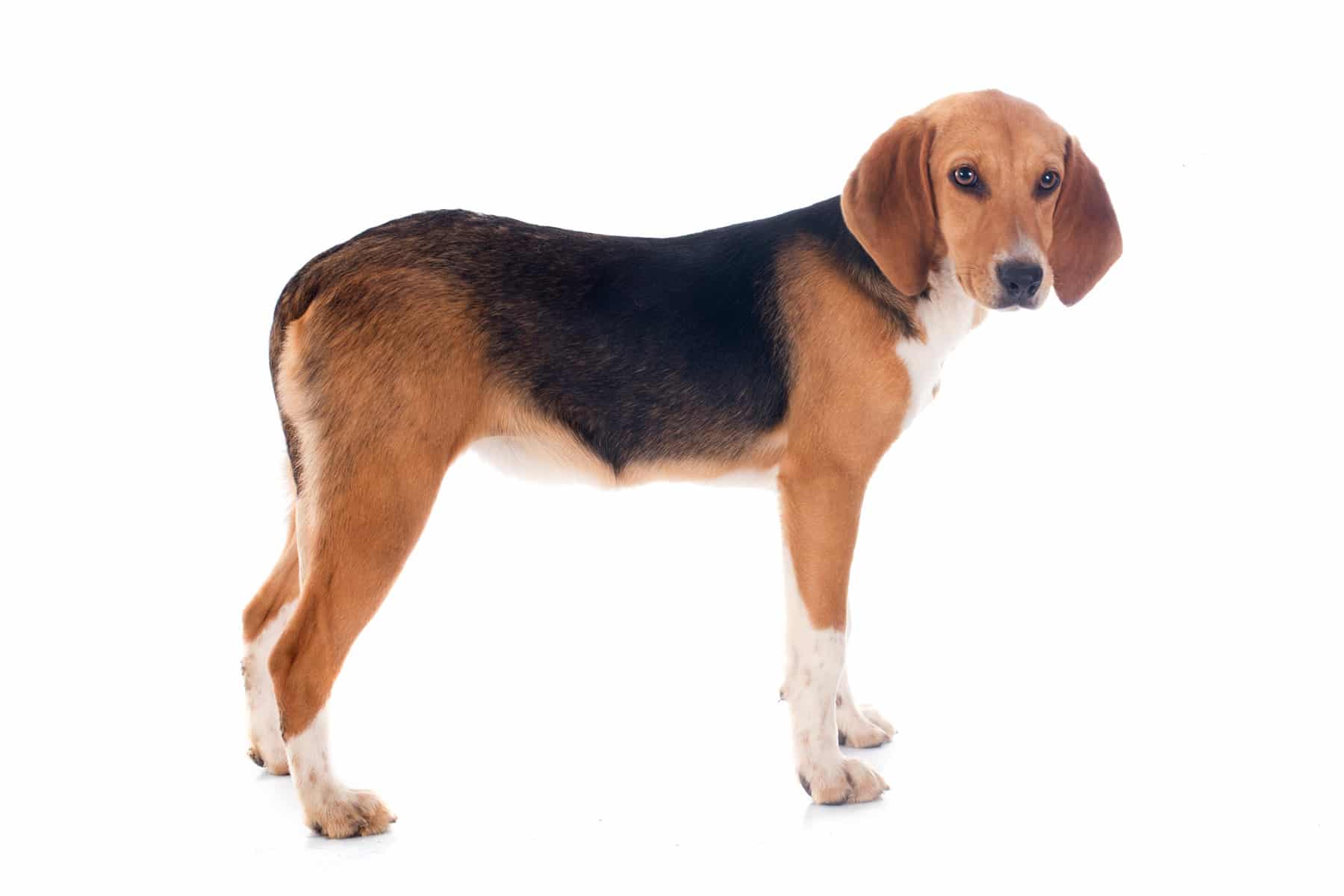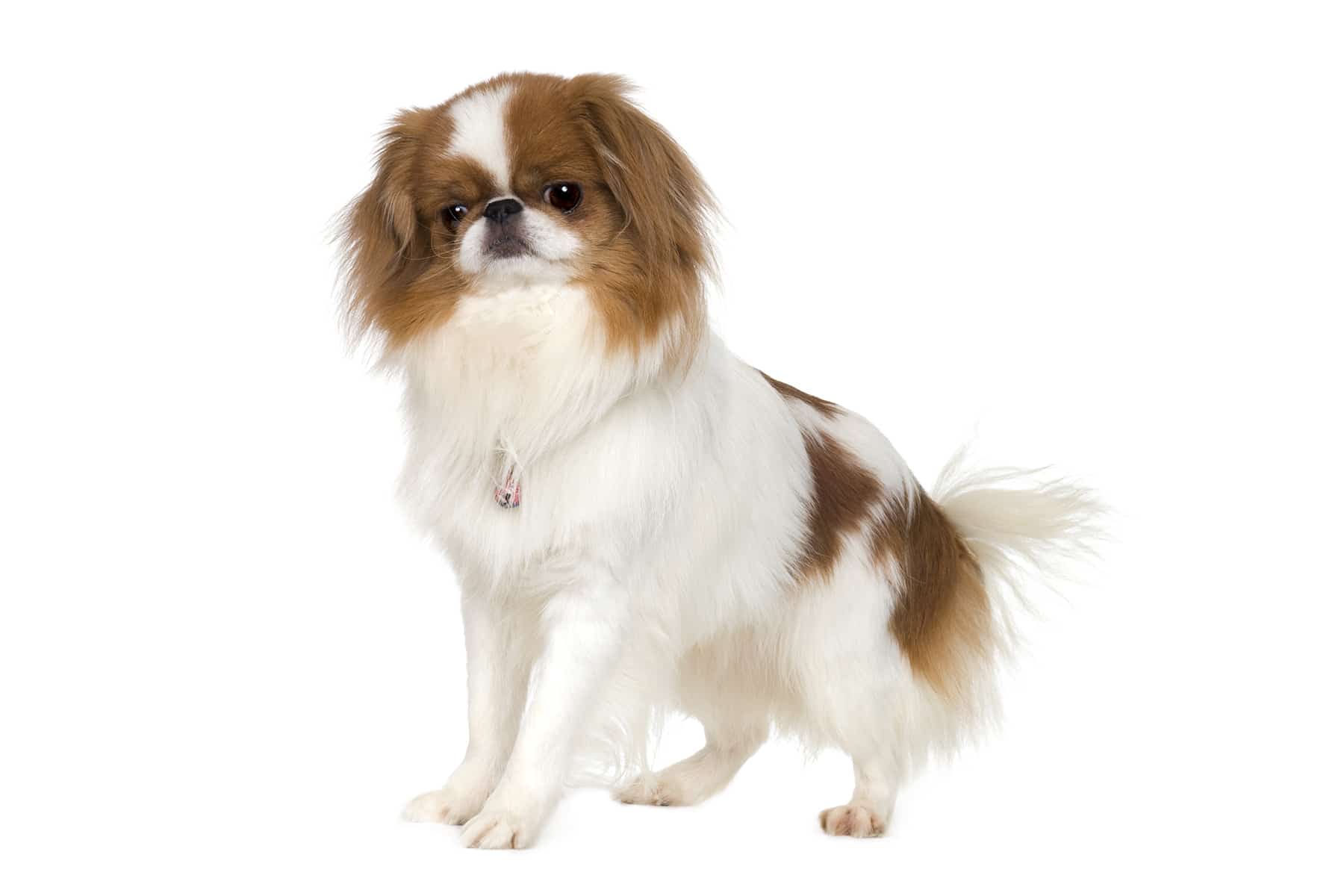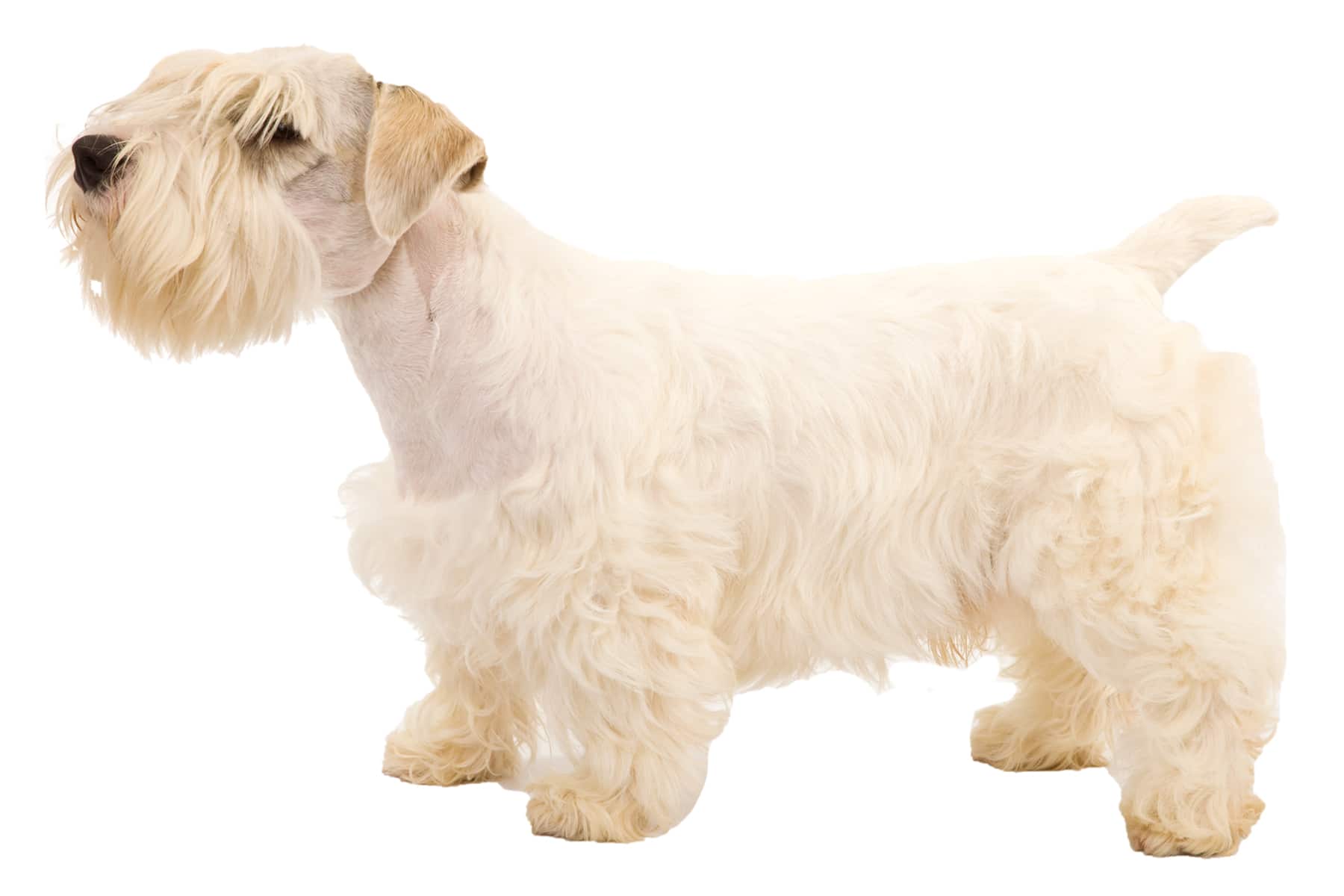Keeshond
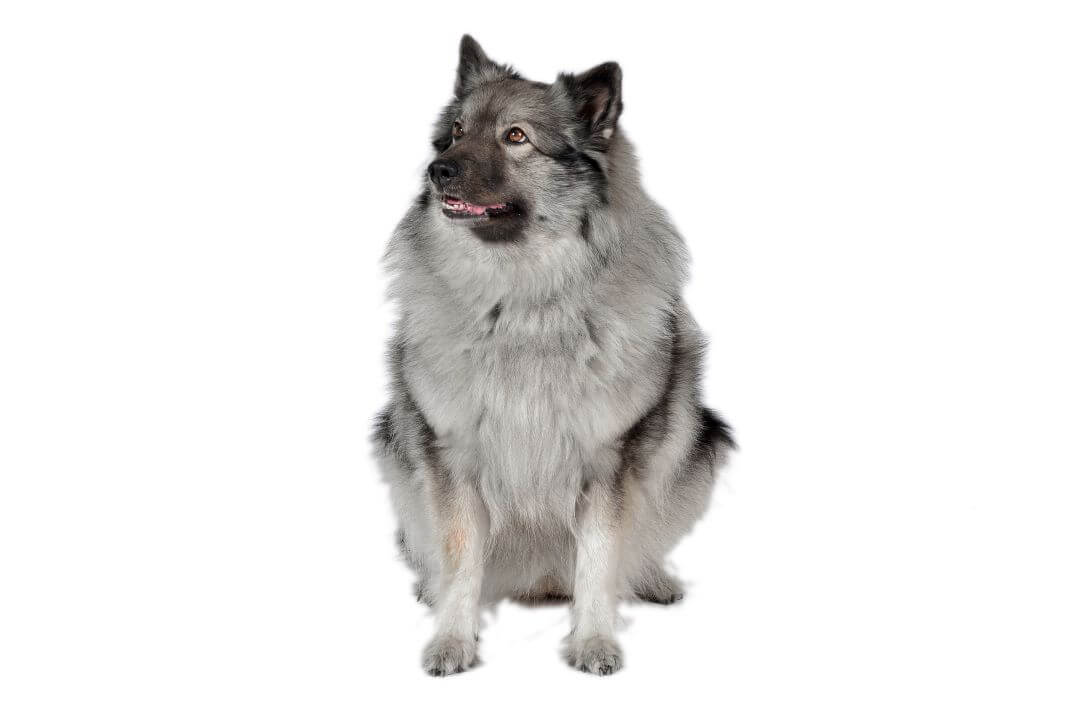
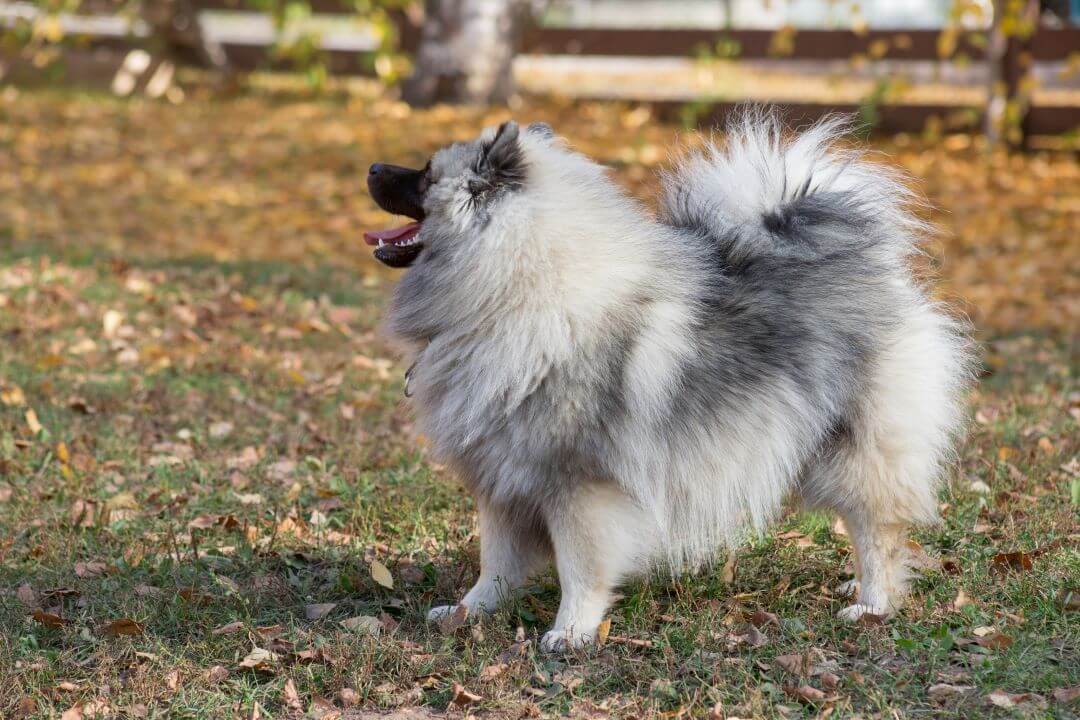
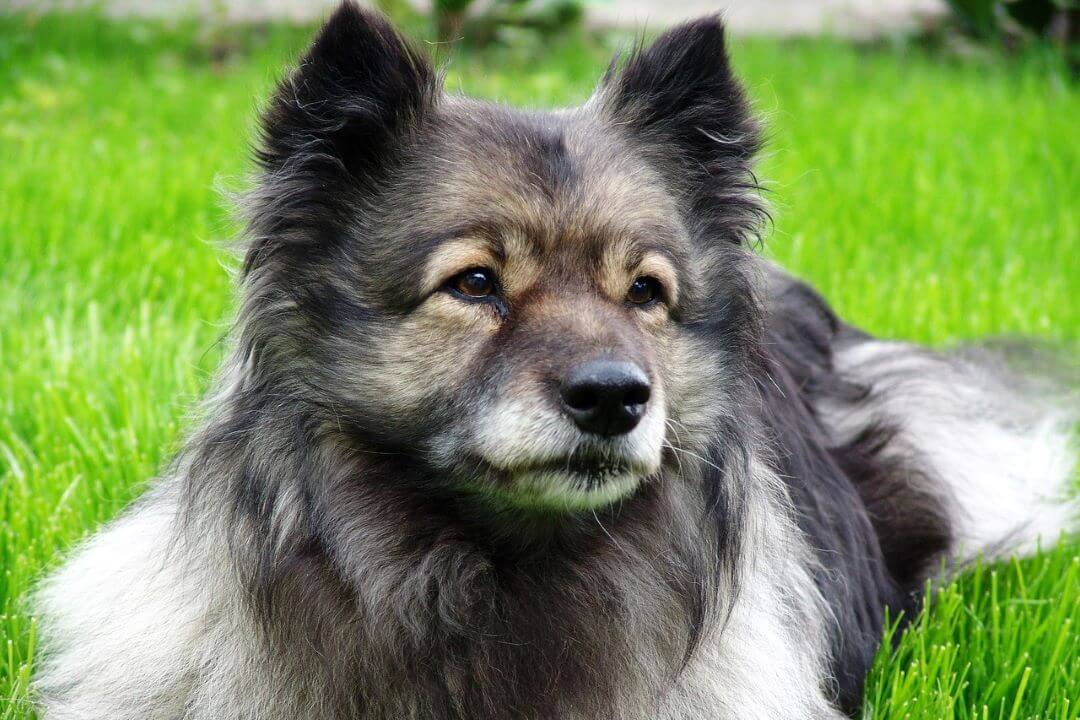
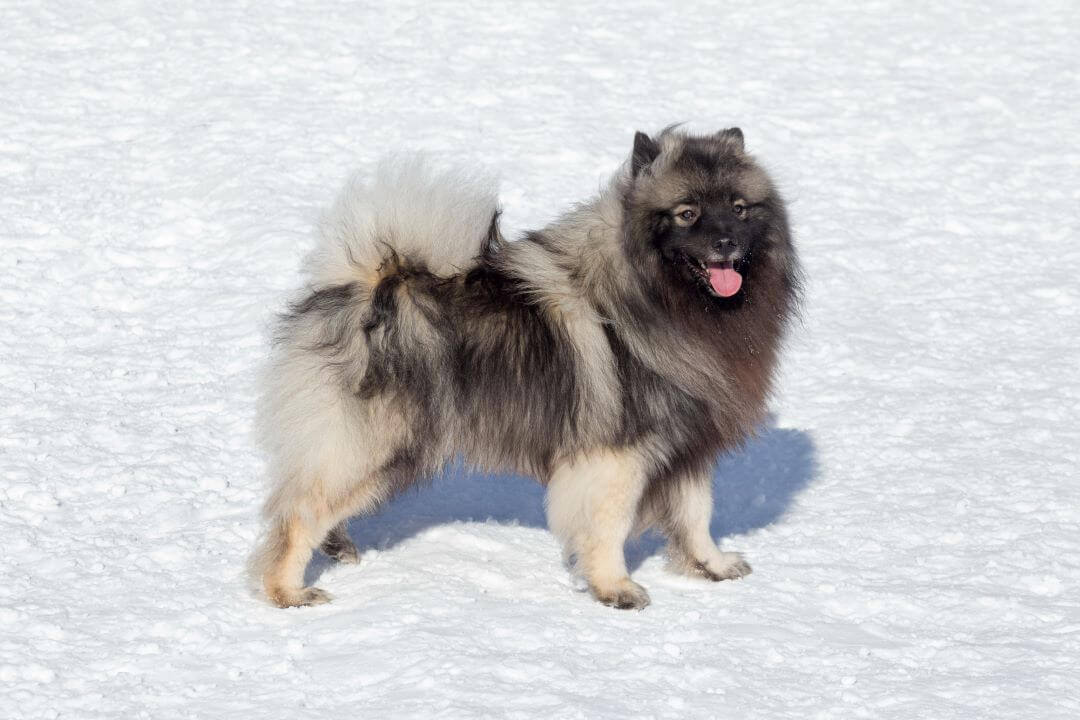
Temperament:
The Keeshond owes its name to its wild, wolf-like appearance. For a long time, it was thought to be a descendant of the Stone Age turf dog. However, no such connection has been proven to date. In fact, the Keeshond is the largest representative of the German Spitz. These special dogs are also known as the gray-clouded Spitz or Wolfsspitz.
Characteristics
With a shoulder height of between 43 and 55 centimetres, the Keeshond is not necessarily one of the largest dogs. However, it is the largest representative of the German Spitz breed. The wild, unspoiled appearance of the Keeshond is characteristic and gives it its name.
Like all other Spitz, the Keeshond is characterized by a fox-like, pointed muzzle. The face is completed by dark, almond-shaped eyes and small, triangular, steeply upturned ears.
The long, dense coat is gray and merges into a mane around the shoulders and neck. The tail is also bushy and set high. The gray coat is interrupted by black patches on the muzzle and ears. The other parts of the body are light-colored.
The Keeshond is a friendly and adaptable dog. This makes it an ideal companion dog. Due to its low hunting instinct, it can also be kept well in the city. Nevertheless, these robust four-legged friends love being out in nature.
The Keeshond is a watchful and intelligent protector that impresses with its cleverness and curiosity. With a lot of patience, you can train him to be a great companion.
Anyone acquiring a Keeshond should know that this breed has a low stimulus threshold. If they get bored, they quickly turn into yappers.
Coat care:
Shedding:
Energy level:
Trainability:
Children suitable:
The right food
When choosing food, make sure that it contains high-quality ingredients, is balanced and meets your dog's requirements. Age, size or weight, activity and health status play an important role. You should follow the manufacturer's recommendations for the amount of food.
Treats should only be fed in moderation and deducted from the basic diet to avoid obesity.
Puppies can be fed 4-6 times a day. The number of meals should be gradually reduced to 2 per day until the dog is fully grown. A rest period should be observed after meals.
Fresh drinking water should be available at all times.
Health & Care
The Keeshond is an undemanding and low-maintenance dog. It is a robust breed that only requires additional grooming during the shedding season.
Regular, short brushing of the long coat should be part of the routine to prevent the hair from matting. In spring and fall, the Keeshond changes its coat and needs the support of its owner. However, the long hair is easy to brush.
In contrast to other dog breeds, the coat of the Keeshond is very odorless.
The Keeshond is no different from other dog breeds when it comes to grooming. Eyes, paws, teeth and ears should be checked and cleaned regularly. Annual examinations at the vet should also be part of the routine. It is also important to carry out any necessary vaccinations and worming.
Suitable accessories
First and foremost, you need the same accessories for a Keeshond as for other dog breeds. These include a dog bed, water and food bowls as well as toys and a dog lead with collar or harness. It also includes basic medication and tools such as a flea comb, tick tweezers and claw clippers. It's best to ask your vet what medication you should have at home.
The most important tools are a comb and brush, which can be used to comb or brush the long, thick coat of your four-legged friend. Special long-hair combs are available for this purpose, which gently remove the undercoat and smooth the top coat. For dental care, we recommend purchasing a chew bone or chew toy as well as a dog toothbrush and dog toothpaste.
A transport box is also required for safe transportation in the car.
As this is a very curious breed that quickly starts barking when bored, it is advisable to purchase toys and activity material. Attending a dog school also brings variety and new contacts for dog and owner. The time spent together and the shared experiences also strengthen the bond between you and your Keeshond.
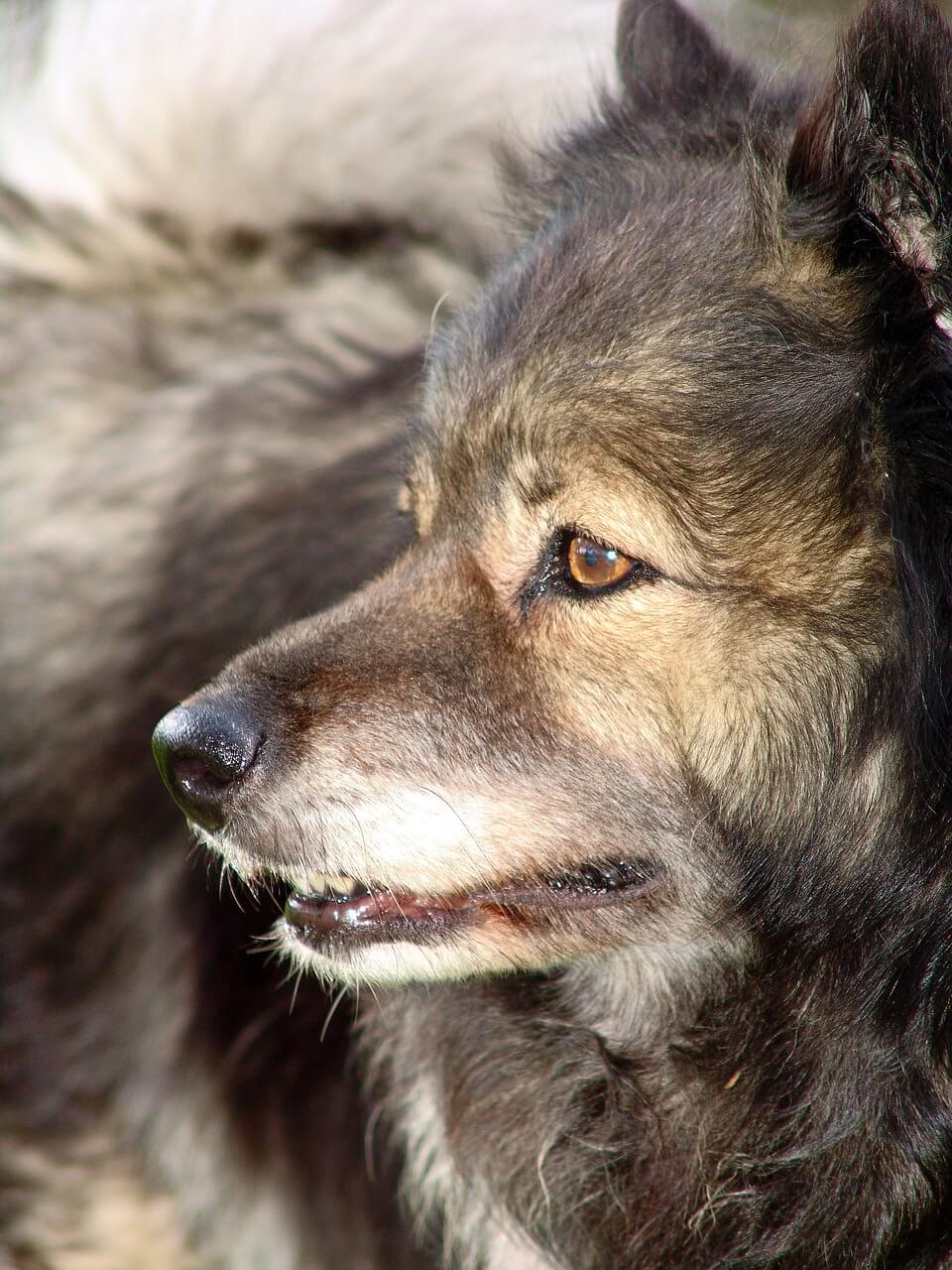
Origin & History
The Keeshond originally comes from Germany. As early as the Middle Ages, it was regarded as the common man's dog, which not only reliably guarded farmers' farms, but was also a reliable companion for carters and boatmen.
The first qualification of the lace took place in 1882. A short time later, in 1899, the first breeding association for the Keeshond was founded.
For a long time, it was believed that the Keeshond descended from the turf dog. These animals had their heyday in the Neolithic and Bronze Age.
Until the 19th century, the Keeshond was one of the most popular and widespread dog breeds. Around 1780, the Keeshond was the mascot of a Dutch party whose leader was nicknamed "Kees". The name of his faithful companion "Keeshond" was derived from this and has been retained to this day.
During the Second World War, the numbers of many dogs of other breeds fell sharply. The Keeshond, on the other hand, experienced an upswing. They were loyal and attentive guardians and were able to adapt to the difficult times thanks to their frugality.
